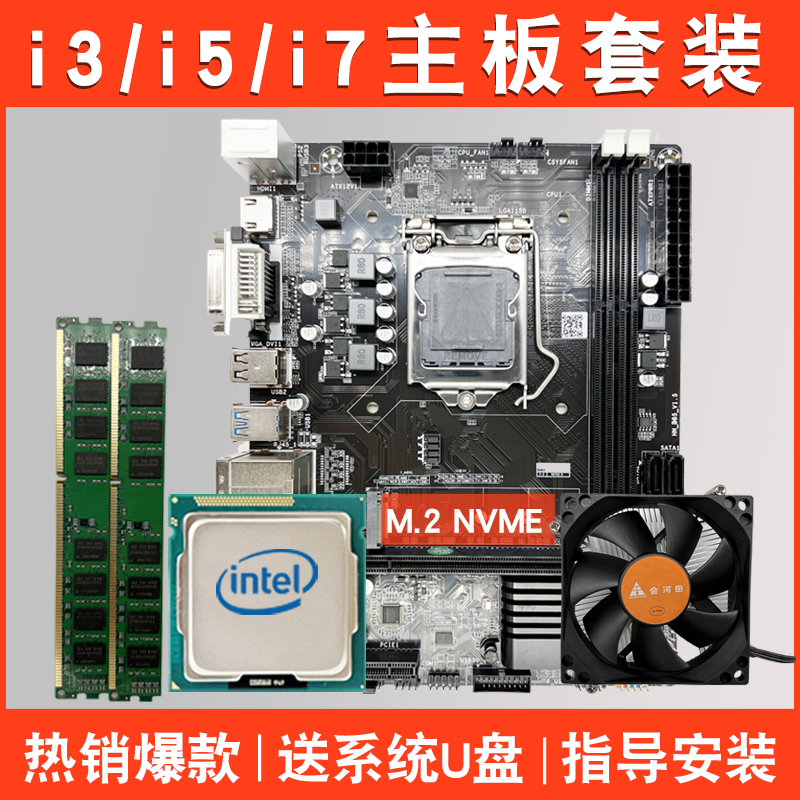揭秘电脑中的大脑:CPU是如何工作的?
电脑高手
2024-11-09 00:32:38
0次
揭秘电脑中的大脑:CPU是如何工作的?
当我们提到电脑的“大脑”,我们指的是电脑的中央处理器(CPU)。作为电脑的“大脑”,CPU控制着电脑的各项运算和逻辑功能。那么,CPU是如何工作的呢?下面我们就来揭秘一下电脑中的“大脑”。
一、CPU的基本构造
CPU主要由控制器、运算器和寄存器组成。控制器负责从内存中取出指令并执行,运算器则负责执行算术和逻辑运算,而寄存器则用于存储数据。这些部分协同工作,使得CPU能够执行各种复杂的任务。
二、CPU的工作原理
1. 指令获取:CPU从内存中获取指令。当电脑需要执行某个任务时,会先将相应的指令存储在内存中,然后CPU通过地址总线从内存中读取这些指令。
2. 指令解码:一旦CPU获取了指令,它会对这些指令进行解码。这个过程中,CPU会将指令分解为更小的部分,以便于执行。
3. 执行指令:解码后的指令会被送到运算器中进行执行。根据指令的不同,运算器会进行相应的算术或逻辑运算。 4. 数据存储:在执行指令的过程中,CPU会将数据存储在寄存器中。这些数据可以是来自内存的数据,也可以是运算结果。 5. 重复循环:以上过程会不断重复,直到所有的指令都执行完毕。 三、CPU的运作过程 在运作过程中,CPU以极高的速度执行着各种任务。由于它的速度快,我们几乎感觉不到它的存在。但事实上,我们的每一次点击鼠标、打开软件、运行游戏等操作,背后都离不开CPU的辛勤工作。 四、CPU的英文解释 The working process of CPU in the computer can be described as follows:The CPU, the brain of the computer, is primarily composed of a controller, an arithmetic logic unit (ALU), and registers. The controller fetches instructions from memory and executes them. The ALU performs arithmetic and logical operations. Registers store data. These components work together to enable the CPU to perform various tasks.
When executing tasks, the CPU fetches instructions from memory, decodes them, executes the decoded instructions using the ALU, and stores data in registers during the process. This process repeats until all instructions have been executed. Due to its high speed, we often feel that the CPU operates almost instantaneously. However, we are unaware that every click of the mouse, every software opening, and every game running relies on the hard work of the CPU. 总的来说,电脑中的“大脑”——CPU是一个极其复杂的电子设备,它的工作原理和运作过程决定了电脑的运行效率和性能。了解CPU的工作原理和运作过程有助于我们更好地理解和利用电脑这一现代科技的瑰宝。相关内容
热门资讯
CPU的安全保护措施——防范病...
本文讨论了CPU的安全保护措施,包括防范病毒攻击和隐私泄露。具体措施包括强化操作系统安全、使用安全软...
电脑性能提升:CPU升级与维护...
本文介绍了CPU升级与维护全攻略,包括了解CPU性能指标、准备升级工作、具体升级步骤、维护与优化方法...
电脑小白必看:如何挑选适合自己...
挑选适合的CPU需了解架构、核心数、频率等基本知识,确定需求与预算,选Intel或AMD品牌与具体型...
CPU升级指南:轻松提升电脑性...
CPU升级指南:了解主板与插槽,选配合适新CPU,备齐工具材料,先备份数据再执行升级步骤,测试优化后...
CPU性能对电脑游戏体验的重要...
CPU性能对电脑游戏体验至关重要,它负责游戏运行、帧数与响应速度,以及多任务处理能力。高性能CPU保...
电脑CPU的未来趋势:技术发展...
电脑CPU未来趋势将发展纳米工艺制程、多核多线程、AI优化等技术,市场需求持续增长,竞争加剧,将趋向...
电脑CPU的并行与串行计算:理...
本文介绍了CPU的串行与并行计算原理及其在计算机科学中的应用。CPU作为计算机的核心,其工作原理涉及...
电脑CPU的功耗与节能技术:绿...
摘要:
随着科技发展,电脑CPU的节能技术成为绿色计算新趋势。通过改进制造工艺、节能设计、动态电源...
电脑性能大揭秘:CPU对整体性...
CPU是电脑核心部件之一,影响整体性能。其计算能力、运行速度、多任务处理能力和图形处理能力均对电脑性...
揭秘CPU核心数与线程数:如何...
CPU核心数和线程数影响电脑运行速度,多核心和多线程能提高多任务处理能力和并行处理能力,从而加快处理...



